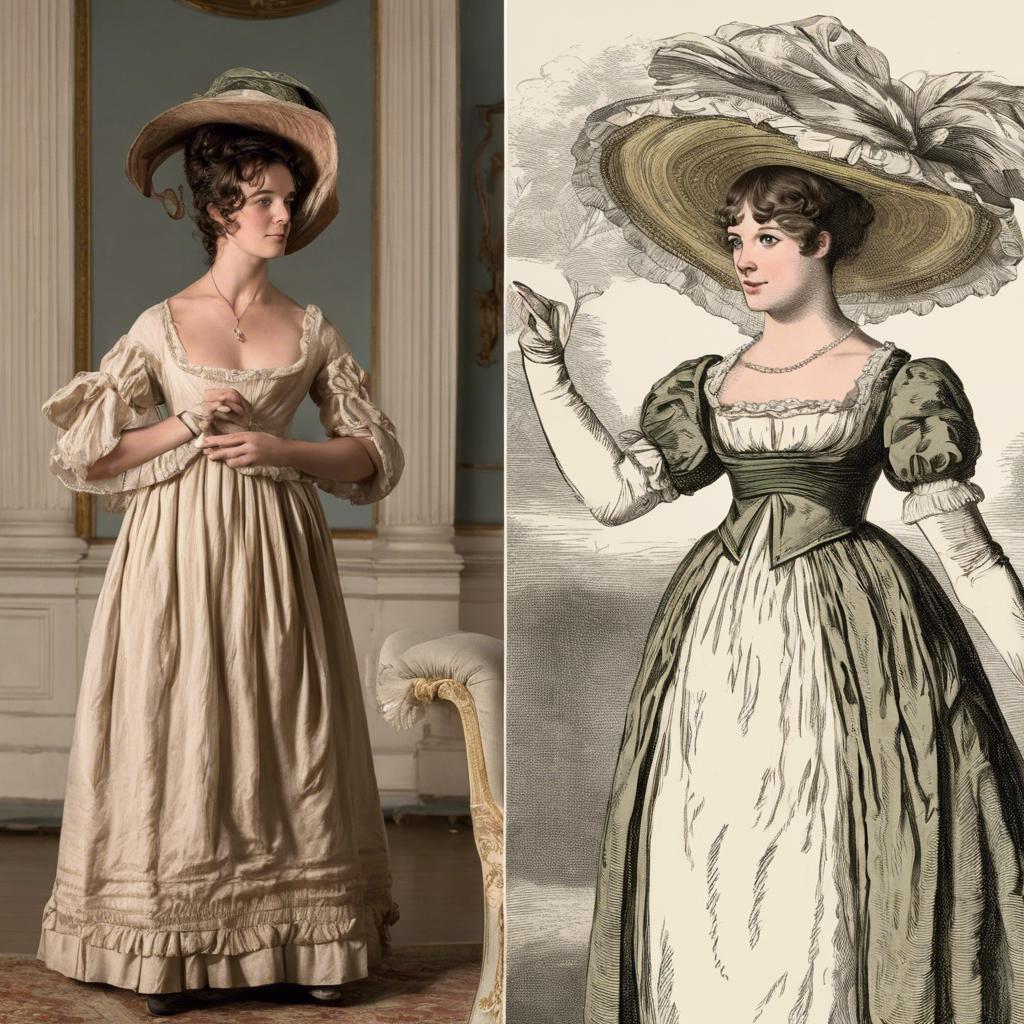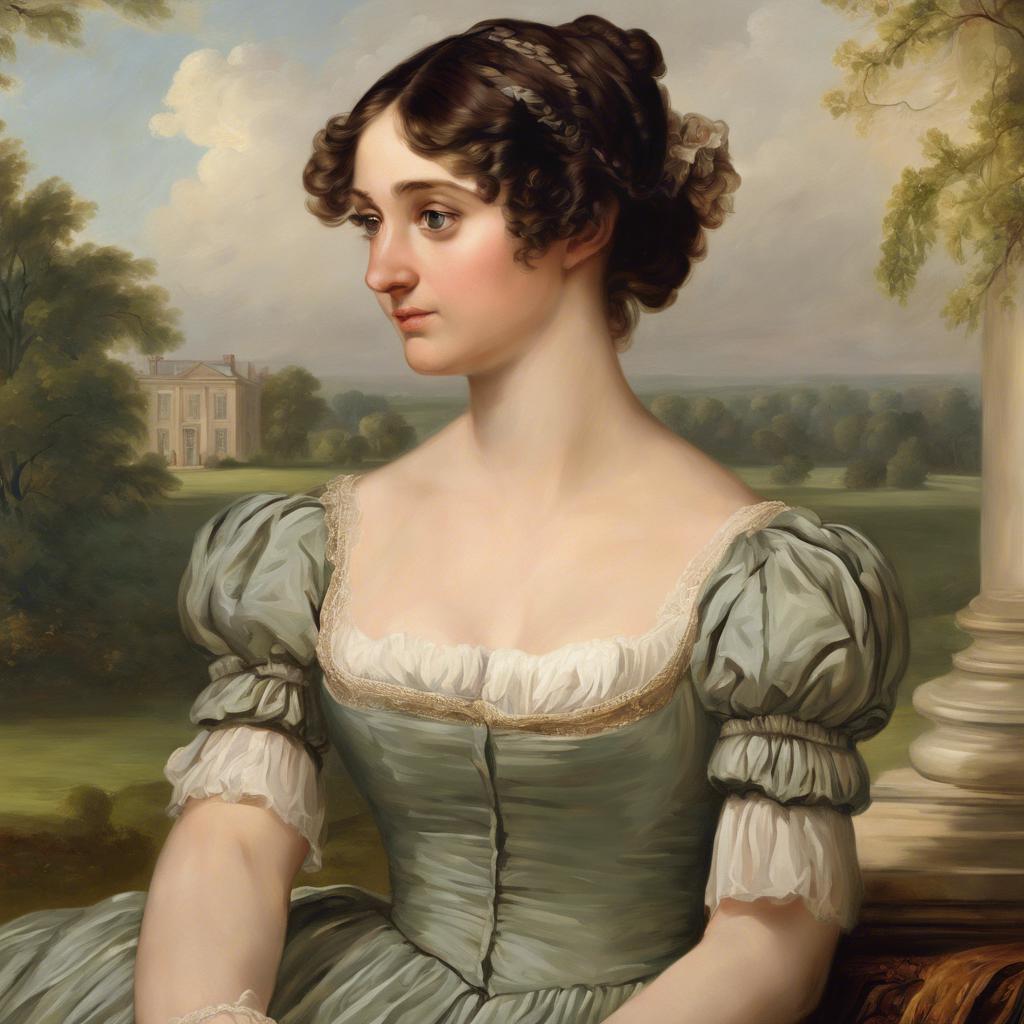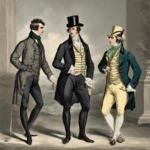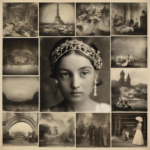The Regency Era, spanning from 1811 to 1820, was a time of opulence, refinement, and societal constraints. During this period, Jane Austen penned her timeless novel, “Pride and Prejudice,” which continues to captivate readers with its sharp wit, regency era mean”>social commentary, and timeless romance. In this article, we will explore the intricacies of Regency Era society as depicted in Austen’s masterpiece, examining the class distinctions, manners, and relationships that shape the world of Elizabeth Bennet and Mr. Darcy. Join us as we delve into the world of balls, courtship, and societal expectations in the Regency Era Pride and Prejudice.
Step Into the World of Cheryl Bolen
Dive into the enchanting stories of love, intrigue, and elegance set in the Regency Era. Cheryl Bolen's novels offer timeless romance and captivating tales that will leave you wanting more.
Explore Cheryl Bolen's Books Now
Exploring the Elegance of Regency Fashion in Pride and Prejudice
The elegance of Regency fashion in Jane Austen’s ”Pride and Prejudice” is a reflection of the societal norms and values of the early 19th century. The costumes worn by the characters in the novel are a visual representation of the status, wealth, and character traits of each individual. From the intricate embroidery to the delicate fabrics, every detail of Regency fashion tells a story of its own.
In “Pride and Prejudice,” the Bennet sisters showcase a variety of Regency fashion styles, each reflecting their unique personalities. Elizabeth Bennet’s preference for simple yet elegant gowns symbolizes her independent and spirited nature. On the other hand, her sister Jane’s soft colors and flowing silhouettes convey her gentle and amiable character. The contrast between the sisters’ fashion choices highlights their different temperaments and values.
The ballroom scenes in “Pride and Prejudice” offer a glimpse into the glamorous world of Regency society, where fashion plays a crucial role in societal interactions. The intricate dance of manners and etiquette is mirrored in the elaborate hairstyles, exquisite accessories, and refined attire of the characters. The elaborate gowns and tailored suits worn by the characters serve as visual metaphors for the intricate social dynamics at play in the novel.
Unraveling the Intricacies of Regency Society Portrayed in Pride and Prejudice
Exploring the world of Regency society as depicted in Jane Austen’s timeless classic, Pride and Prejudice, is like delving into a rich tapestry of manners, etiquette, and societal norms. Set in early 19th century England, the novel offers a glimpse into a world where social class, wealth, and lineage greatly influenced one’s position in society.
One of the key features of Regency society portrayed in Pride and Prejudice is the importance of marriage and social connections. In this era, marriage was not only a union of love but also a strategic alliance between families to secure wealth, status, and social standing. The novel intricately explores the complexities of courtship, marriage expectations, and the impact of societal norms on individual relationships.
Moreover, the novel sheds light on the role of women in Regency society. Women were expected to adhere to strict social conventions, including modesty, propriety, and subservience to men. Through characters like Elizabeth Bennet and her sisters, Austen challenges these conventions and offers a more modern perspective on gender roles and societal expectations.
Analyzing the Romantic Conventions and Themes in Pride and Prejudice
In exploring the romantic conventions and themes in Jane Austen’s “Pride and Prejudice,” one cannot ignore the intricate details of the Regency era that serve as a backdrop to the novel. The societal norms and expectations of the time greatly influence the relationships and interactions between the characters, adding layers of complexity to the story.
One of the key themes in “Pride and Prejudice” is the idea of marriage as a social contract rather than a romantic union. In the Regency era, marriage was often seen as a means of securing financial stability, social status, and family connections. This is evident in the various matches that are proposed or discussed throughout the novel, such as Charlotte Lucas marrying Mr. Collins for practical reasons rather than love.
The conventions of courtship and etiquette also play a significant role in shaping the romantic relationships in “Pride and Prejudice.” From the elaborate formal dances to the strict rules of propriety, the characters must navigate a complex social landscape in their pursuit of love. The tension between personal desires and societal expectations creates a sense of drama and intrigue that propels the story forward.
Recommendations for Readers: Exploring Regency Era Literature beyond Pride and Prejudice
In the world of Regency era literature, there are countless hidden gems beyond the beloved classic “Pride and Prejudice” by Jane Austen. Delve into the rich tapestry of this time period with these recommendations that offer a different perspective and unique storytelling:
Books to Explore:
- Sense and Sensibility by Jane Austen – While Austen’s other works may be overshadowed by “Pride and Prejudice,” this novel showcases her wit and keen observations of social conventions.
- Evelina by Frances Burney – This epistolary novel follows a young woman navigating the pitfalls of high society, offering insight into the complexities of class and gender in the Regency era.
- The Mysteries of Udolpho by Ann Radcliffe – For fans of gothic fiction, this novel combines romance and suspense against the backdrop of the Italian countryside.
Authors to Discover:
- Charlotte Smith – Known for her innovative approach to the novel form, Smith’s works explore themes of nature, emotion, and social injustice.
- Georgette Heyer – A prolific writer of Regency romances, Heyer’s novels are beloved for their attention to historical detail and sparkling dialogue.
- Maria Edgeworth - Regarded as a pioneer of the realist novel, Edgeworth’s stories often challenge societal norms and offer incisive social commentary.
Future Outlook
the Regency Era was a time of great social change and upheaval, a period that greatly influenced literature and culture, as evidenced by the enduring popularity of works such as “Pride and Prejudice.” Through the lens of this beloved novel, readers are transported to a world of opulent balls, intricate social hierarchies, and the timeless themes of love, class, and personal growth. As we continue to delve into the nuances of Austen’s masterpiece, we are reminded of the enduring relevance of the Regency Era and its impact on our present-day society. Let us continue to appreciate and learn from the lessons of this bygone era, as we strive to navigate our own relationships and societal norms with grace and intelligence.


